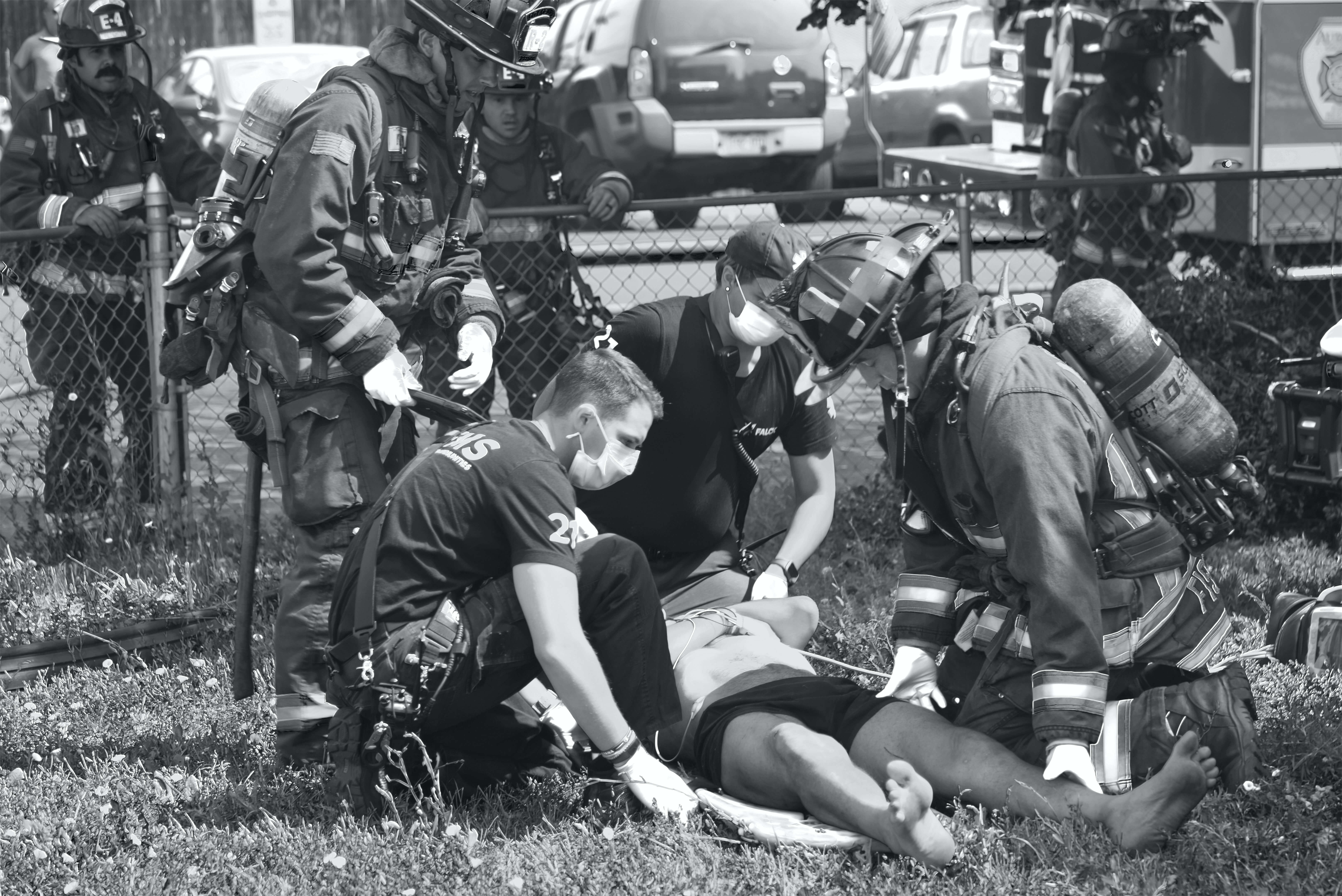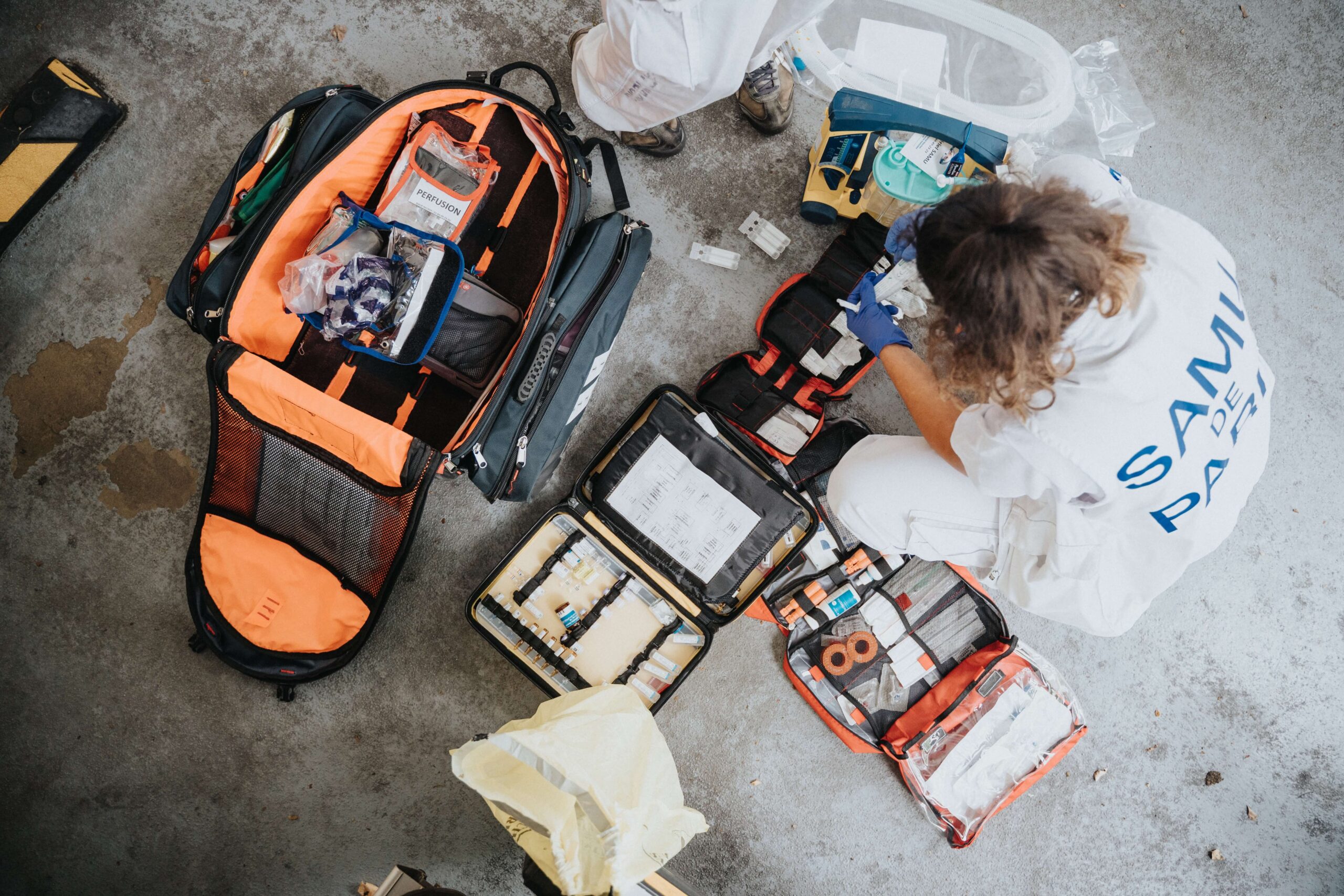Working as a medical assistant at an urgent care clinic has been an incredible journey for me. From my very first day on the job, I was struck by the importance of the work we do and the impact we have on people’s lives. In this blog post, I want to share with you some of the rewards and challenges I’ve experienced on this journey.
One of the most rewarding aspects of working as a medical assistant is the opportunity to help people in their time of need. Every day, we see patients who are dealing with urgent medical concerns, and we have the privilege of being able to provide them with the care and support they need. Whether it’s administering a medication or providing a comforting word, knowing that we are making a difference in people’s lives is incredibly fulfilling.
At the same time, working in healthcare can also be incredibly challenging. The urgent care environment is fast-paced, and we are constantly dealing with unexpected situations and emergencies. It can be emotionally and physically exhausting, and the hours can be long and unpredictable.
One of the biggest challenges I’ve faced as a medical assistant is dealing with difficult patients. Not everyone who comes to the urgent care is happy to be there, and some people can be angry, rude, or demanding. Learning to deal with these situations in a professional and compassionate way has been a real challenge, but it’s also been an opportunity for personal growth.
Despite the challenges, I wouldn’t trade my job as a medical assistant for anything. Working in healthcare has taught me so much about the importance of empathy, resilience, and teamwork. It’s shown me that even in the face of difficult situations, there is always something I can do to make a difference in someone’s life.
In conclusion, my journey as a medical assistant at an urgent care clinic has been both rewarding and challenging. It’s a job that requires a lot of hard work, but it’s also one that offers incredible opportunities for personal and professional growth. If you’re considering a career in healthcare, I would encourage you to pursue it. The rewards are immeasurable, and the impact you can have on people’s lives is truly priceless.
– Josh











